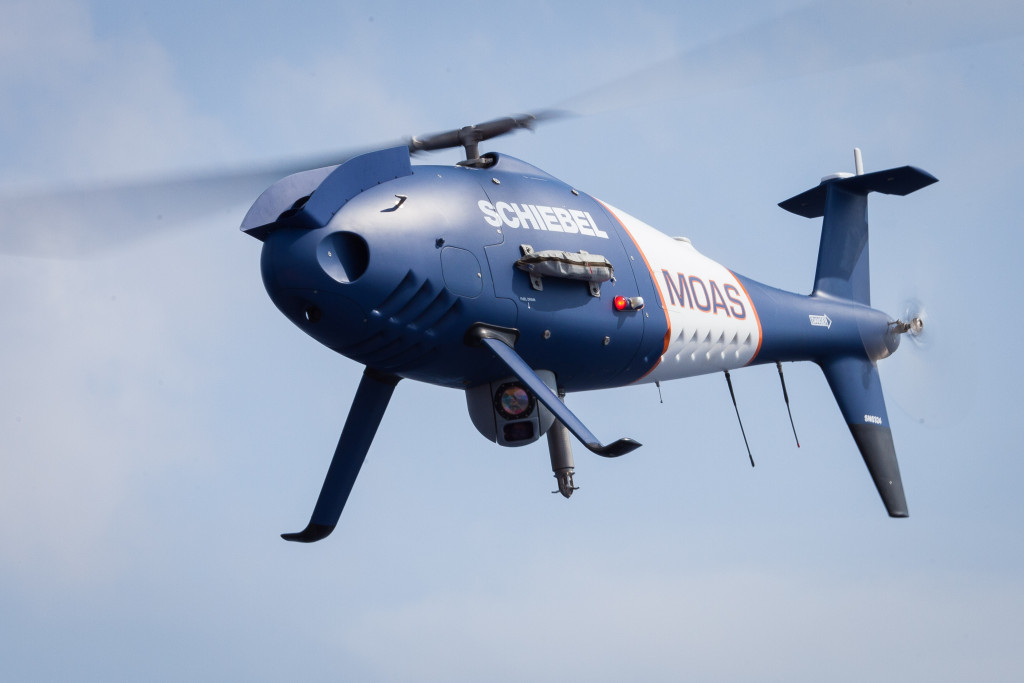So you’re lost in the desert after your SUV breaks down. Dune-bashing gone awry amid the shifting sands over the weekend. Water and food supplies are running low and the heat is searing. Sweat trickling down your brow, you open your customised ‘survival’ app. Smart move. It beeps in response, followed by a buzz from above. It’s not a bird, it’s not a plane, but a remote-controlled drone with supplies and a medical kit to keep you going before a chopper arrives to airlift you and your buddies to the nearest camp.
If that sounds distant, try imagining a day when a drone will deliver groceries or pizza to your doorstep. Commercial drone ventures are picking up and telecom companies are using them to connect their networks and improve efficiency. Police in different emirates are using these Unmanned Aerial Vehicles (UAV) to track traffic and relay information to control rooms.
Construction and the oil sectors are adept at using these devices for surveillance of their facilities. On Monday, Dubai Silicon Oasis announced a smart surveillance programme using remote controlled drones to scan and secure the area.
The UAE prides in being a smart government and the contours of a drone economy is taking shape. Progress has been swift after His Highness Shaikh Mohammed bin Rashid Al Maktoum, Vice-President and Prime Minister of the UAE and Ruler of Dubai, announced his vision for a smart connected city at the Government Summit last year. But the pace of growth in this sunshine sector across the world has been so rapid that regulations have not been able stay in step with the changes.
When online retail Amazon announced plans for drone deliveries a year ago, the US Federal Aviation Authority was not ready with laws that govern the commercial sector. It’s still working on them and the final draft is only expected to be out next year.
The UAE, meanwhile has gone ahead and drafted its own laws to govern the use of drones for both leisure and commercial purposes. The government hopes to kickstart delivery services using drones soon. Prototypes are being tested to deliver Emirates ID cards and driving licences to residents. Finger-printing and eye recognition software will ensure the safety of drones and their cargo, say officials.
The country even launched a competition called Drones for Good Award, that offers a top prize of Dh1 million for the best invention. These developments could drive the drone economy and could be used in critical sectors of the country like health.
Dr. Timothy Amukele of the John Hopkins Universtity School of Medicine in the US has done extensive research on how drones can be used in this sector. He believes these machines have the ability to deliver drugs in a reliable manner which is important in medicine.
Timothy says there are 300-400,000 clinics in the US and most laboratory testing occurs in only a few of these sites. “Many patients on long-term therapy (patients who’ve had organ transplants, or chemotherapy) are in their houses. However, the supplies that they need are mostly in hospitals. That’s why I see drones as filling the need for reliable transportation of biological samples,” says the doctor who conducts research at his labs in Africa.
Drones can help move items in places where there is poor road infrastructure, or to places where only a few goods need to be moved. They cut costs (of petrol, driver, salaries, vehicle maintenance) and also benefit the environment because they are battery operated and can be charged electrically.
Recently, a graduate student from Austria, Stefen Riegebauer, developed a system by which UAVs could deliver defibrillators to heart attack victims before an ambulance gets there.
In retail, the revolution is waiting to happen. If Amazon has its way, its Prime service using an Octocopter drone will deliver Christmas goodies in 30 minutes flat.
But are we ready yet? The lack of a global regulatory framework raises many questions on safety. There are also fears that these machines could be hacked. What about airspace infringement by these machines? How high can they fly without putting airplanes at risk? Aircraft pilots have reported 650 drone sightings in the last 12 months, and experts are concerned.
Early this year, operations at Dubai airport were disrupted when drones strayed over the airspace. The government introduced rules that restricted the use of UAVs near the vicinity. It asked the Dubai Civil Aviation Authority to monitor their use and come up with suggestions to improve safety.
The law applies ”best practices to ensure the optimum use of Dubai’s airspace and prohibits all acts that may endanger aircraft, airports or any aviation services facilities”.
Industry is expected to spend $91 billion over the next 10 years for drone technology, according to the Teal Group, which says the sector is still “largely unregulated and potentially dangerous”.
Then there are piracy issues that are yet to be addressed – who watches who, when or what – and how much can be watched. What constitutes snooping and does not imperil safety.
Regulations that are in the works should cover age, licensing and training for remote operators of these unmanned machines. A legal framework should also be created to punish operators going rogue.
The drone economy is upon us and its potential is enormous. But let’s lay the ground rules before deploying these gadgets for the good.
http://www.khaleejtimes.com/editorials-columns/we-are-ready-for-the-drone-economy



